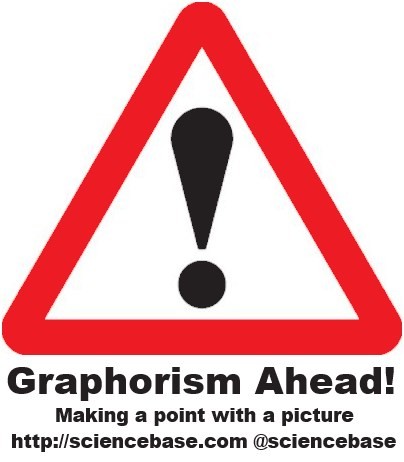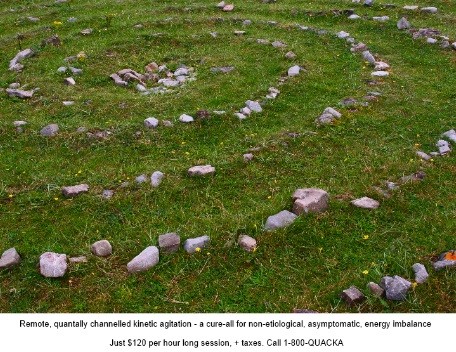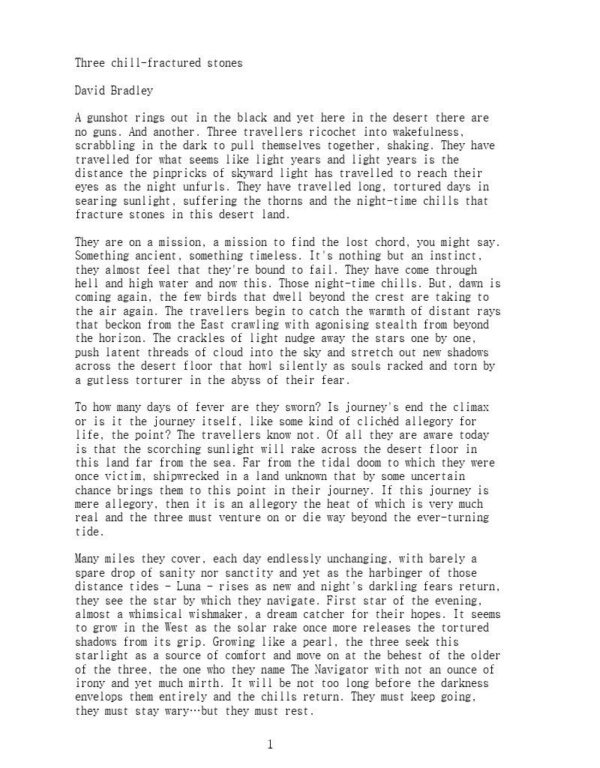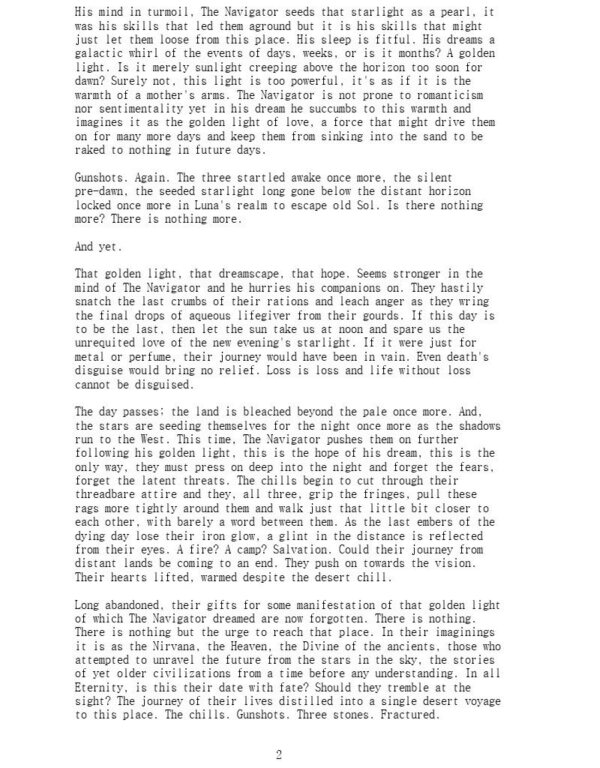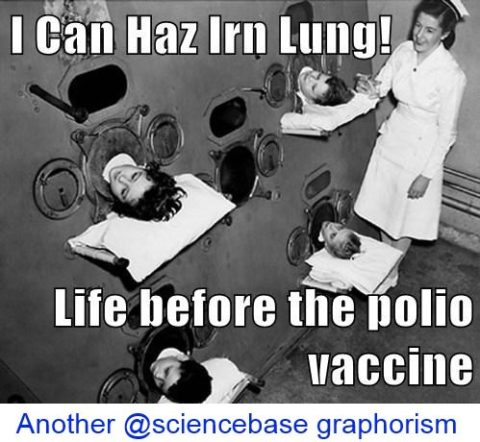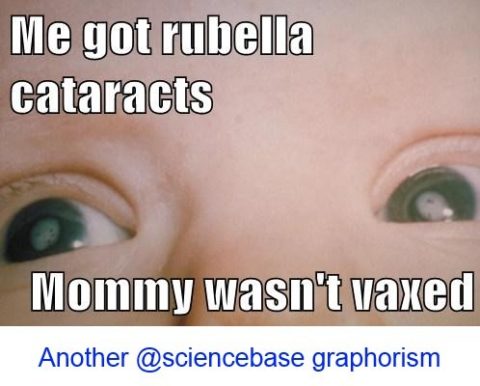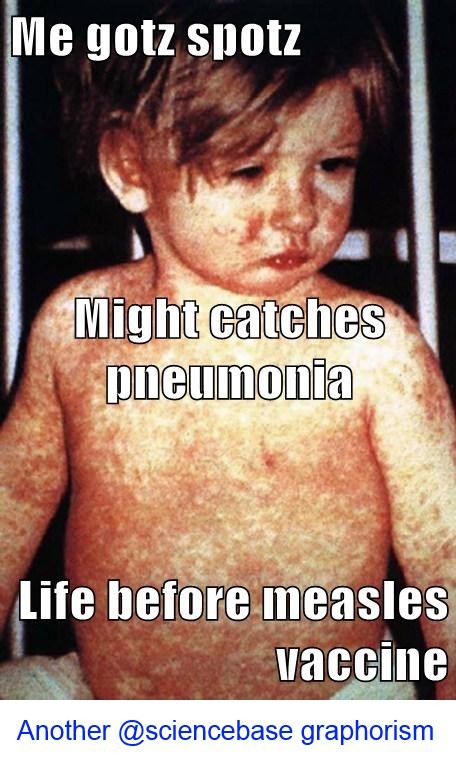Back in the 1990s, during the height of my prolific writing about chemistry for the likes of New Scientist, Science, Chemistry in Britain, The Guardian, The Daily Telegraph etc, I covered a lot of the emerging chemical science, obviously. At the time, we had chemists lighting up conducting organic polymers, which eventually became the ubiquitous OLEDs in so many displays and screens we use today. We had others kicking around buckyballs (fullerenes) and other chemists rolling up carbon nanotubes…quickly abbreviated as CNTs.
One recent paper is something of a gift for juvenile Brits, crude headline writers, but perhaps not sub-editors. This paper was about copper nanotubes. It has been published in a rather niche scientific journal. The paper was all about the production and properties of a metallic analogue of the carbon nanotubes.
Copper, of course, is Cu, from cuprum. So, we must assume that the authors, reviewers, editors, and proofreaders of this journal, all of whom we might also assume did not have vernacular English as a first language, were wholly innocent in writing and reporting copper nanotubes and using the abbreviation CuNTs…
You can bet that once word gets around puerile chemists and science writers with a chemical bent will slyly mention it at conference bars and sneakily reference it in their own papers and online. I should point out, that even before the copper paper when we first wrote about carbon nanotubes, some of us imagined copper analogues and how we might avoid embarrassment in using the obvious abbreviation.
Structural and electronic properties of single-wall copper nanotubes, Science China Physics, Mechanics and Astronomy, 2014, 10.1007/s11433-013-5387-8
I later discovered that my alma mater, Chemical Communications, had foolishly published an unedited paper with abbreviated copper nanotubes back in 2007. That paper was mentioned in The Register after a tipoff from “Philip in Cambridge”. I wonder where they worked, given that the RSC’s offices are on the Cambridge Science Park…
An even earlier paper, had discussed Cu nanotubes, but didn’t abbreviate fully.
UPDATE July 2024: As this paper has now caught the attention of the wider public, a decade later, thanks to the brilliant Hannah Fry (FryRSquared) I would add that there have been several papers since the first that allowed this awkward abbreviation through. Why didn’t anyone tell the authors or the editors? It must get flagged and filtered endlessly in online literature searches! Why?
For those who still don’t understand the issue, the abbreviation is suggestive of a crude word for the female external genitalia. Of course, there’s a whole journal the abbreviation for which is often pronounced crudely with a schoolyard giggle to sound like the male reproductive organ, PNAS, so maybe it is par for the course.
I must admit that I’ve occasionally used the phrase abbreviated copper nanotube as an insult to avoid being censored when expressing my dislike of various ne’er-do-wells online, usually bigots, right-wing politicians and pedlars of pseudoscientific nonsense.
